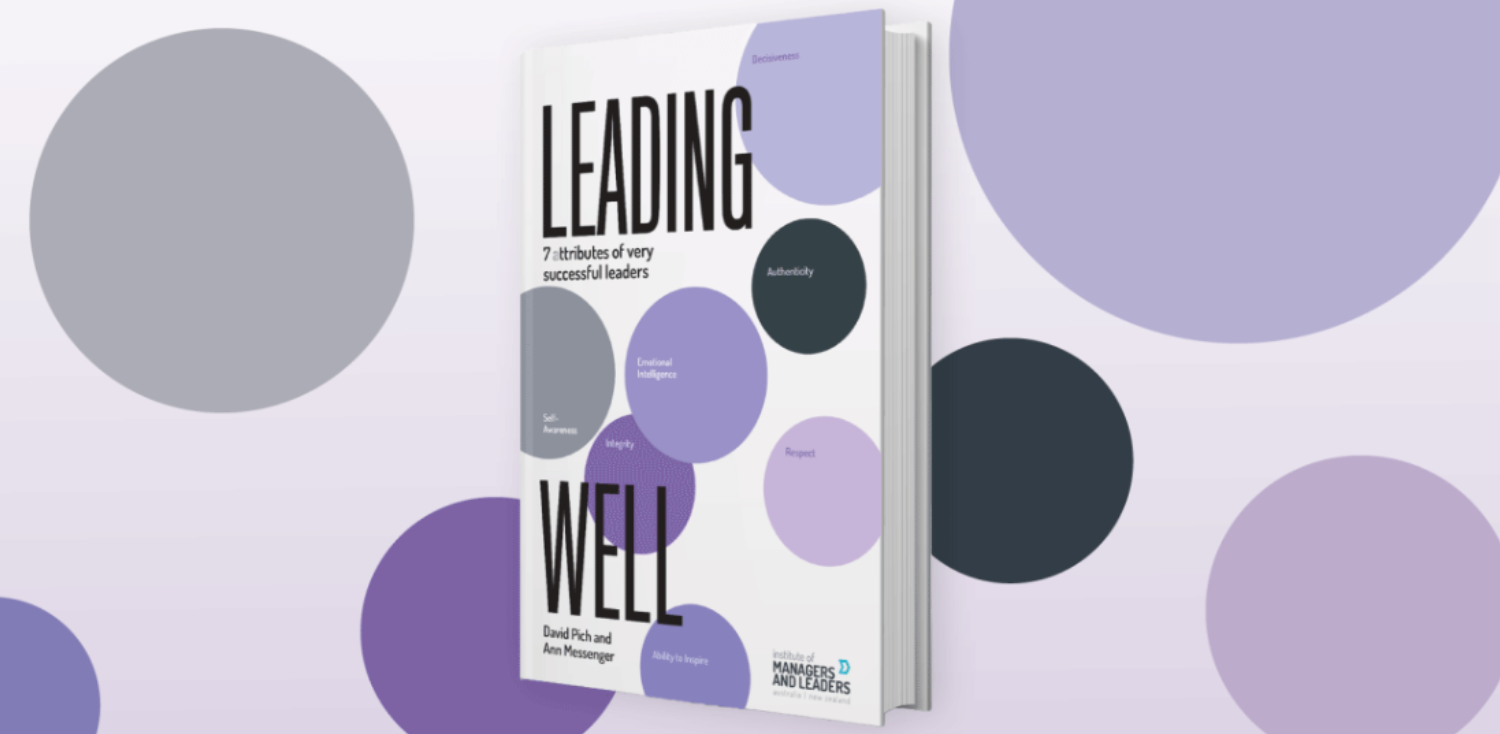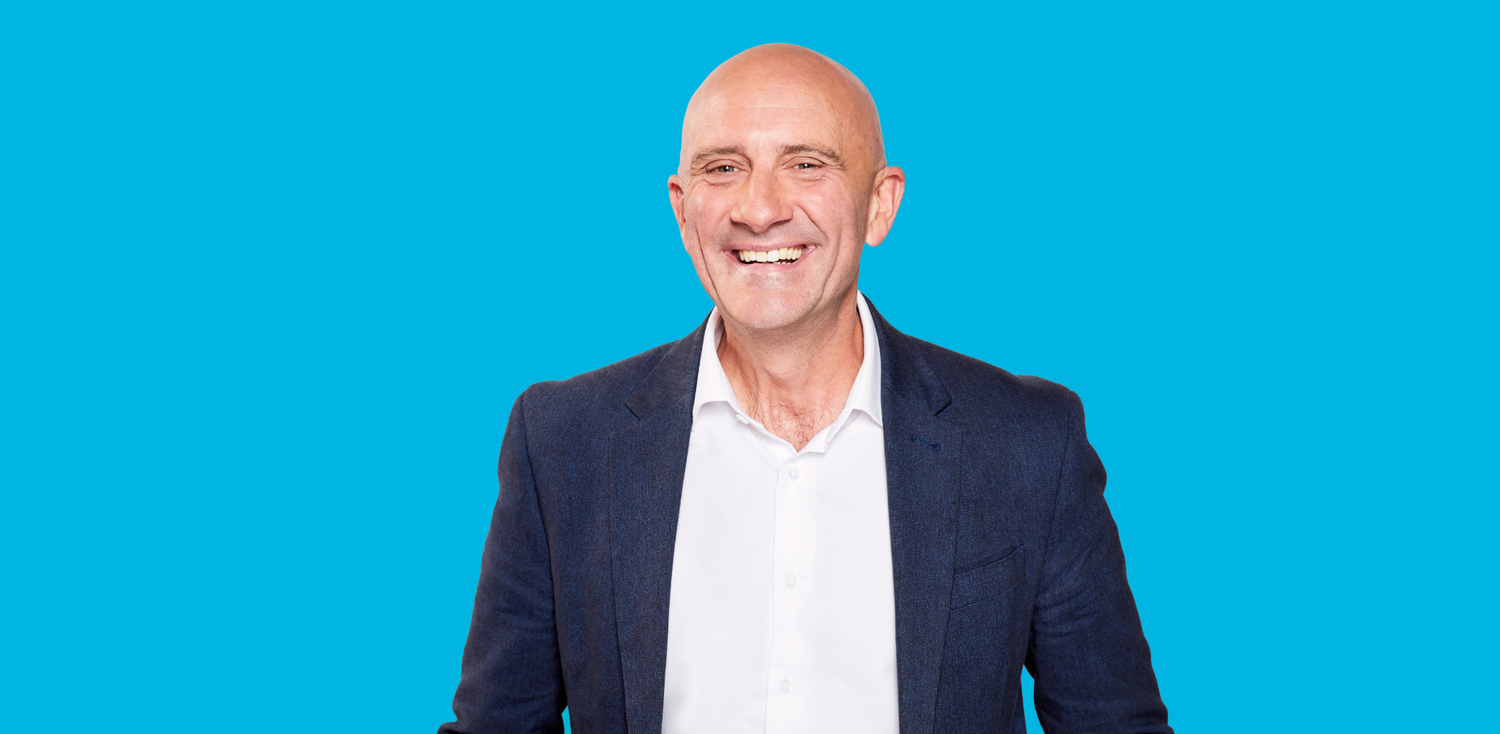Derek Parker offers an in-depth look into the latest book that examines seven attributes of inspiring leaders.
This is the follow-up and companion to the 2017 IML ANZ publication Leadership Matters: 7 Skills of Very Successful Leaders. That volume was concerned mainly with the technical abilities required in senior roles – what David Pich CMgr FIML, Chief Executive of IML ANZ, describes as “the perspiration of leadership” in the introduction to the new book. Leading Well focuses on the inspirational side of being a leader: the personal, emotional, and psychological aspects. The seven attributes – respect, integrity, emotional intelligence, ability to inspire, authenticity, self-awareness, and decisiveness – were chosen through consultations with IML ANZ Members.
Respect was rated as essential in a survey, a point underlined in the chapter by Pich and Jamie Getgood. The key to respect is a willingness to listen to others, talk through their concerns, and empathise with their viewpoint. This is not easy in an era of diversity but the authors take the view that Australians are a tolerant bunch when it comes to cultural differences. They look at IML ANZ’s public statement on same-sex marriage as an example, noting that it was the result of discussions with Members. Respect, they say, is not about agreeing with everyone but about understanding and consideration. An expression of genuine gratitude is also a component of respect, and something that can go a long way in building strong relationships.
It is something of a balancing act but that is true regarding many of the skills examined in the book. Michelle Gibbings’s discussion of integrity acknowledges the difficulty of acting consistently and ethically in the face of competing stakeholder demands. She sees an ongoing tension between personal courage and consciousness of the business environment but she comes down on the side of having the courage to do the right thing. Integrity, once lost, is almost impossible to rebuild.
Allison Keogh’s contribution on authenticity picks up this theme. Authenticity is about aligning thoughts, words and actions, all stemming from a core of values. Say what you mean, mean what you say: it’s the same message whether applied to individuals or organisations. If you want an example of what not to do, she says, look at some of the practices in the financial services industry uncovered by the recent inquiry into banking.
Self-awareness is the first step to becoming a great leader, according to Margot Smith FIML. It means acknowledging your weaknesses and blind spots, but it also requires taking action to improve. She suggests some training methods although honest discussions with peers and mentors can also do much. It means admitting vulnerability but it is often the only way to move forward.
Many of the themes of the book come together in the final piece, an examination of decisiveness by Bill Kernoczy and Luke Challenor. Having to make the final call on a difficult issue is often seen as the central test of leadership. And, indeed, any issue that gets to the senior levels of an organisation is going to be difficult: the easy ones are decided elsewhere. Once upon a time a CEO would tick one or another box and walk away but Kernoczy and Challenor argue that the complexity of modern business means that the gut-feeling method no longer makes sense. Instead, they lay out a process of definition, analysis, evaluation, and consultation. They look at a number of models for making decisions, establishing the common thread as a need to follow through on implementation, review and feedback.
This is consistently useful stuff. In fact, all of the chapters in the book make a point of moving from theory to practice, with step-by-step guides and tools for self-diagnosis. Another important section is a series of interviews, conducted by IML ANZ chair Ann Messenger, with outstanding leaders. Each discussion has its worth but the views of Georgie Harman, the chief executive of the beyondblue organisation, are particularly interesting, especially in the areas of authenticity and humility.
Each of the chapters of the book has important things to say but it is taking the package as a whole that provides the most insight and direction. Whether you are already in a senior position or aspire to be there, you will find a great deal of value here.

Get your copy of IML ANZ’s latest book, Leading Well: 7 attributes of very successful leaders (Major Street Publishing, A$34.95).
The book highlights seven attributes that ignite inspiring leadership. It focuses squarely on the personal attributes that can transform managers into leaders and good leaders into great leaders.
Order your copy here.
This article originally appeared in the September 2019 print edition of Leadership Matters, IML ANZ’s quarterly magazine. For editorial suggestions and enquiries, please contact karyl.estrella@managersandleaders.com.au.









 Candidates want to join and remain in businesses that invest in their people, so there are huge benefits if employers can attract millennials.
Candidates want to join and remain in businesses that invest in their people, so there are huge benefits if employers can attract millennials. A millennial colleague is an awesome asset: proactive, a global thinker and a tech native. But I don’t necessarily think keeping them should be your primary aim.
A millennial colleague is an awesome asset: proactive, a global thinker and a tech native. But I don’t necessarily think keeping them should be your primary aim. As a millennial myself, I understand our generation’s desire to be heard, respected and valued in the workplace. I’m the leader of an almost exclusively millennial team and believe the most important part of attracting and holding on to talented millennials is to create a team culture of mutual respect, where each individual feels their contribution is meaningful and valuable.
As a millennial myself, I understand our generation’s desire to be heard, respected and valued in the workplace. I’m the leader of an almost exclusively millennial team and believe the most important part of attracting and holding on to talented millennials is to create a team culture of mutual respect, where each individual feels their contribution is meaningful and valuable.

